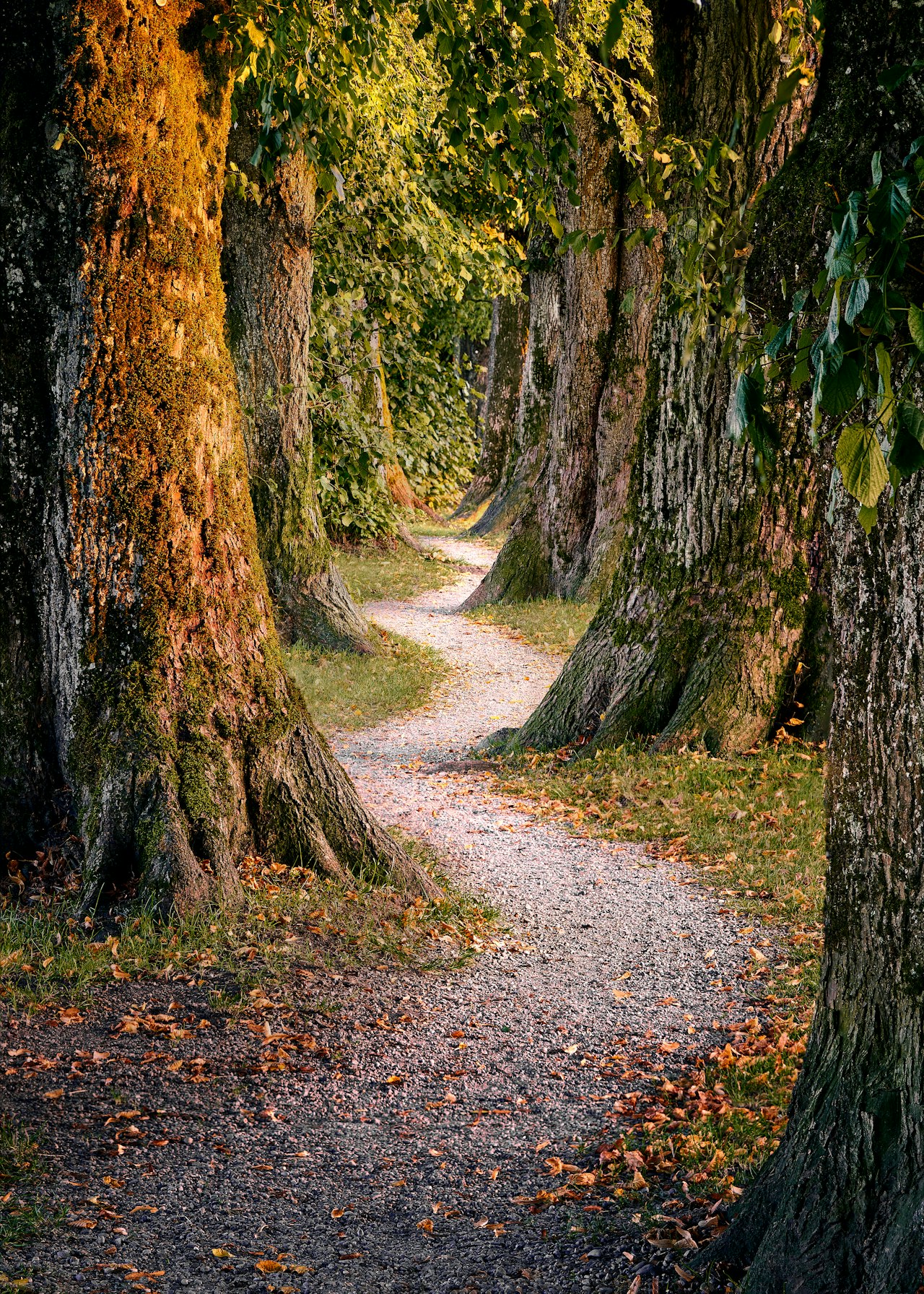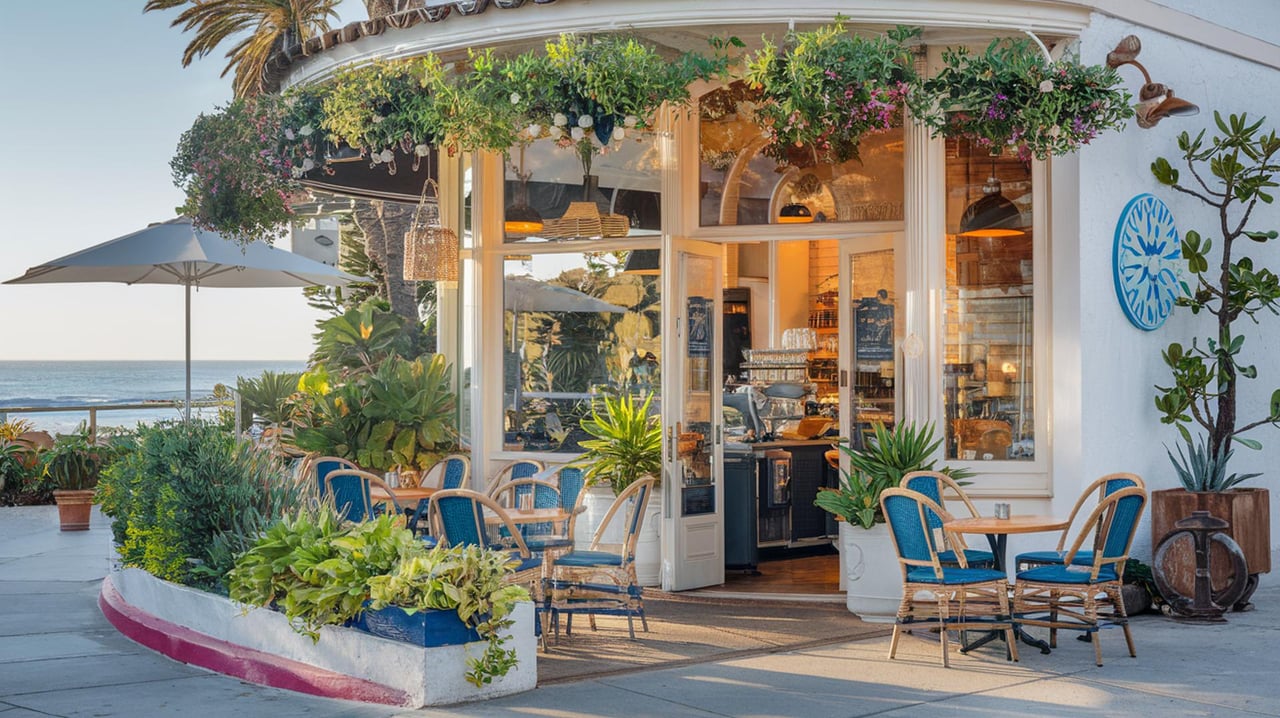In California, property easements grant individuals or entities the legal right to use another person's land for a specific purpose. Easements can be categorized into several types, each serving different purposes. Here are some common types of property easements in California, along with real-world examples!
Utility Easements:
Example: A utility company may have an easement on your property to install and maintain power lines, gas pipes, or water pipes. This allows them access to the land for necessary infrastructure without the need to acquire the entire property.
Prescriptive Easements:
Example: If someone has consistently used a portion of your land for a specific purpose (like accessing a nearby hiking trail) without your permission for a certain period, they might acquire a prescriptive easement. Over time, their use becomes legally recognized.
For instance, in Malibu, there was a quaint neighborhood nestled between rolling hills and the sparkling sea. In this peaceful enclave lived the Thompsons, a family known for their warmth and generosity. On the edge of their property lay a hidden gem – a trail leading to a secluded beach.
For years, the Johnson family, who lived nearby, had taken joyous walks along this path. Unbeknownst to the Thompsons, the Johnsons had discovered the trail decades ago, and it had become an integral part of their daily routine, leading them to a beach.
As time passed, the Johnsons' footsteps had etched an invisible mark on the trail, creating a well-trodden path. The Thompsons, unaware of their neighbors' daily treks, continued to live their lives, enjoying the serenity of their coastal home.
One afternoon, the Thompsons decided to host a neighborhood barbecue. During the party, the conversation turned to the picturesque surroundings, and Mr. Johnson couldn't help but mention the secret trail that had become a cherished part of their family's history.
Intrigued, the Thompsons listened as Mr. Johnson recounted tales of family adventures, picnics, and the sound of the waves at the trail's end. As the stories unfolded, the Thompsons realized that the hidden path on their property had become more than just a trail – it was a conduit for shared memories.
Curious about the legalities, the Johnsons sought advice and discovered the concept of a prescriptive easement. It turned out that, over the years, their consistent and uninterrupted use of the path had granted them certain legal rights, even without the Thompsons' explicit permission.
With this newfound knowledge, the Johnsons approached the Thompsons not with demands, but with gratitude. They shared their love for the trail, its significance to their family, and the memories etched in the sandy shores at its end. The Thompsons, moved by the genuine connection and the realization that this hidden path held profound meaning for their neighbors, decided to formalize the arrangement.
In an agreement, the Thompsons granted the Johnsons a prescriptive easement, acknowledging and legalizing the trail's continued use. The once-secret path now became a symbol of unity between two families, bridging generations and fostering a sense of community in the Malibu neighborhood.
Express Easements:
Example: A property owner might grant an express easement to a neighbor, allowing them to use a portion of the land for a driveway or access to their own property. This is typically done through a written agreement.
In the town of Echo Park, nestled along the banks of the LA River, lived two families with a shared love for the water. The Andersons, who owned a riverfront property, found solace in the sounds of the river, while the Parkers, a family of avid kayakers, dreamed of having direct access to the water for their adventures.
One afternoon, the Andersons and Parkers gathered for a neighborhood block party. Amid laughter and shared stories, the conversation turned to the river, and the Parkers expressed their desire to have a more convenient way to launch their kayaks. Mr. Anderson proposed a solution that would forever change the dynamics of their waterfront community – an express easement.
Mr. Anderson, impressed by the Parkers' enthusiasm for the river, suggested a formal agreement that would grant the Parkers direct access to the LA River through a designated path on the Andersons' property. The idea was met with excitement, and the two families decided to draft a legal document outlining the terms of the express easement.
With the assistance of an attorney, the Andersons and Parkers detailed the terms of the easement. The document specified the exact location of the path, the hours during which it could be used, and considerations for maintenance and upkeep. It was not just a legal agreement but a pact between neighbors who shared a common love for the river and a vision of fostering a close-knit community.
With the express easement in place, the Parkers gained a direct route to the river. The designated path became a well-trodden trail, adorned with colorful kayaks and the echoes of laughter as the Parkers embarked on countless adventures downstream.
Easements by Necessity:
Example: If a landlocked property has no legal access to a public road, the owner might be granted an easement by necessity across an adjacent property to ensure reasonable use of the land.
In the lavish town of Brentwood, nestled at the foot of rolling hills, lived the Montgomerys and the Harrisons. The Montgomerys, proud owners of a sprawling property that extended to the edge of the hills, cherished the seclusion and serenity their land provided. However, hidden in the midst of this idyllic setting was a challenge that would soon unfold into an unexpected alliance.
The Harrisons, who owned a cozy cottage at the hill’s edge, found themselves in a peculiar situation. Their property was landlocked, surrounded on all sides by the Brentwood hills and the Montgomerys' expansive estate. With no direct road access, the Harrisons faced a daily struggle to transport groceries, tend to their garden, and enjoy the simple pleasures of life.
One day, as Mrs. Harrison trudged along the edge of the hill with bags of groceries in hand, she bumped into Mr. Montgomery, who was tending to his garden at the edge of the property. The chance encounter sparked a conversation that would ultimately lead to a solution – an easement by necessity.
Understanding the Harrisons' predicament and recognizing the potential for a resolution, Mr. Montgomery proposed the idea of creating a legal pathway across his land to provide the Harrisons with direct access to the town's road network.
With the guidance of a local attorney, the Montgomerys and the Harrisons crafted a comprehensive agreement. The document outlined the specific path the Harrisons could use, the maintenance responsibilities, and the understanding that this easement was born out of necessity for the betterment of both families.
As the easement by necessity took effect, a well-worn path emerged, connecting the Harrisons' cottage to the road network through the Montgomerys' property. The once-isolated Harrisons found newfound freedom, and the Montgomerys, in turn, discovered the joy of shared pathways, communal bonds, and the beauty of extending a helping hand.
The easement by necessity, initially a practical solution, blossomed into a testament of shared humanity, resilience, and the ability of communities to overcome obstacles through cooperation.
Conservation Easements:
Example: A property owner may grant a conservation easement to a land trust or government agency to protect natural resources or maintain open space. This limits certain uses of the land to preserve its environmental value.
Private Easements:
Example: A property owner might grant a private easement to a neighbor to use a portion of their land for recreational purposes, such as fishing in a pond or walking through a scenic area.
In the serene hills of Bel Air, the Thompsons and the Wilsons, neighboring families with a shared love for breathtaking sunsets, discovered a unique connection. The Thompsons, captivated by the panoramic view from their hillside property, decided to grant the Wilsons a private easement, allowing them exclusive access to a secluded overlook. The shared space became a cherished haven, where both families reveled in the beauty of twilight and forged a silent bond through the generosity of a private easement.
Implied Easements:
Example: If a property is divided, and one part relies on the other for necessary services (like access to a well), an implied easement may be established even if not explicitly mentioned in the property deeds.
In the hip town of Los Feliz, the Carters divided their property to accommodate their children. Little did they know that the shared well, once a practical necessity during the zombie apocalypse, would become an unspoken agreement. Over time, the two properties seamlessly continued to rely on the shared water source, highlighting the enduring power of an implied easement, quietly connecting generations in a flow of essential resources.
Agricultural Easements:
Example: A farmer might grant an agricultural easement to a local government or land trust, restricting the use of the land to farming purposes to preserve agricultural activities.
Understanding the specific terms and conditions of each easement is crucial, as they can vary widely based on the nature of the easement and the agreements in place between the parties involved. Legal advice is recommended for both the grantor and grantee in such situations.




